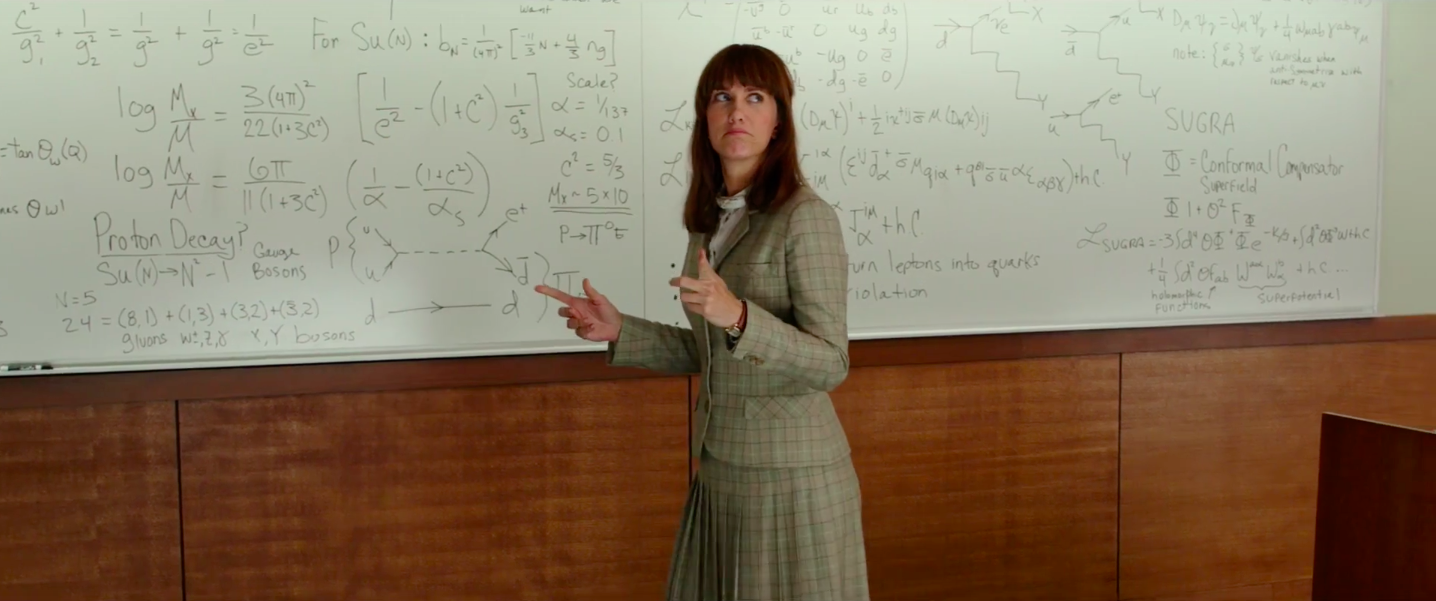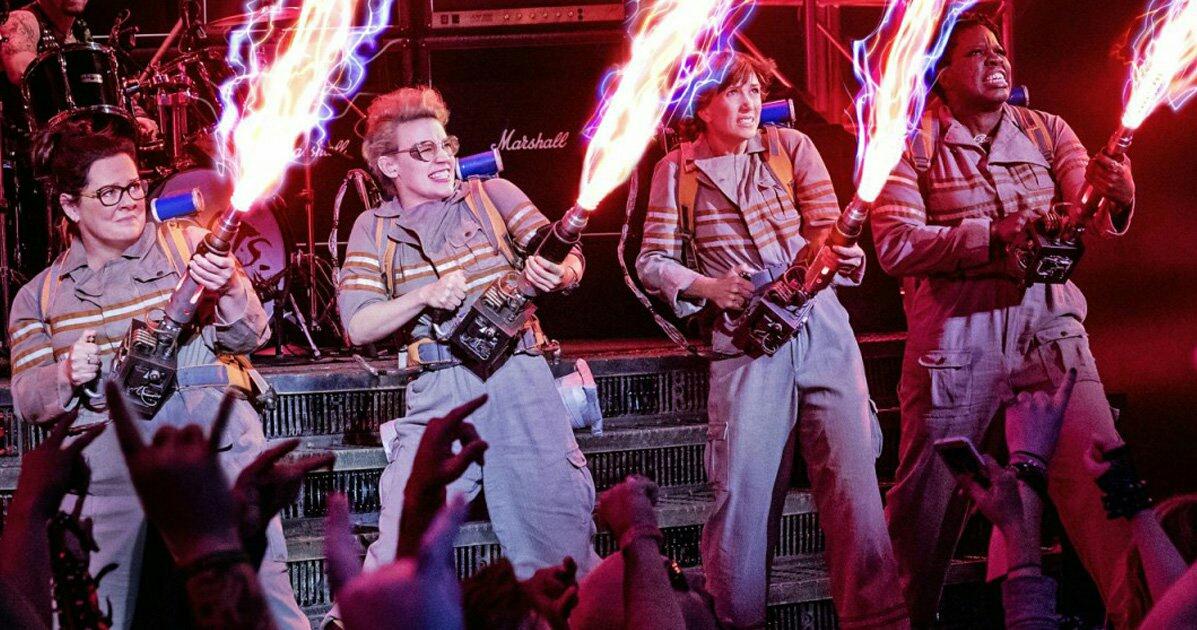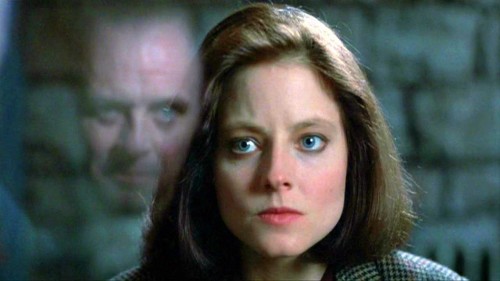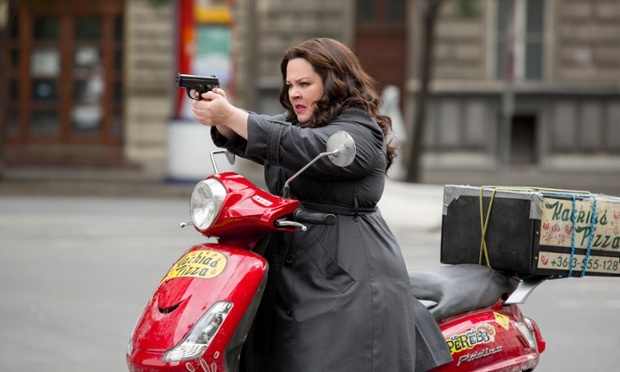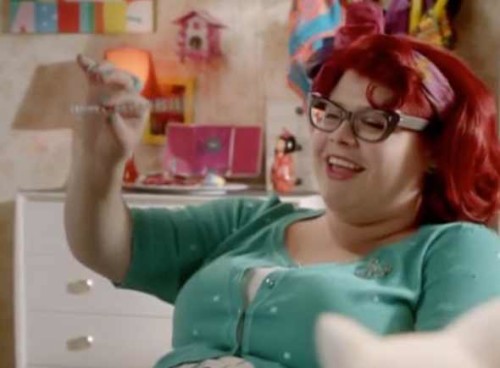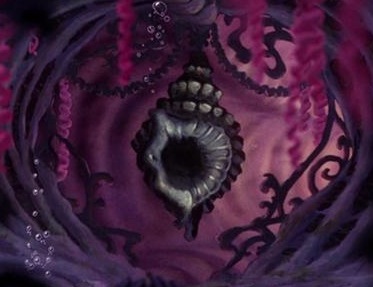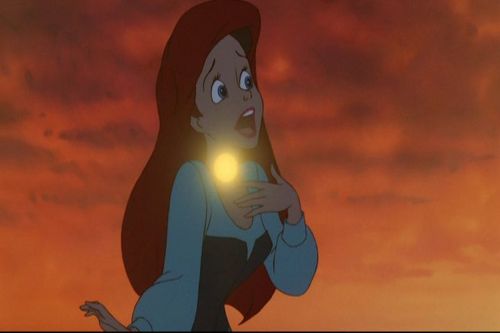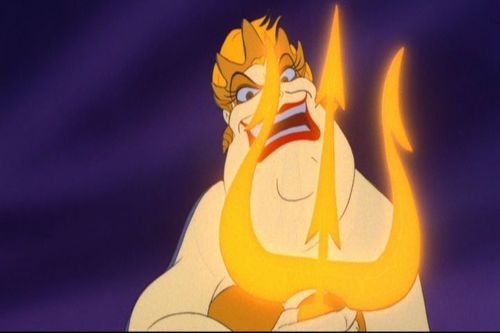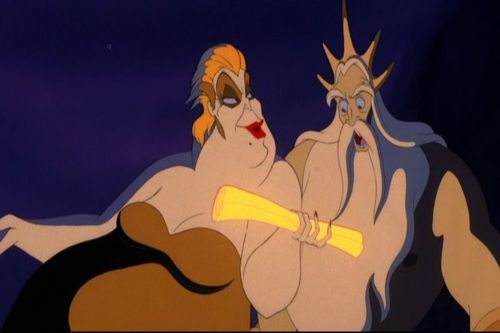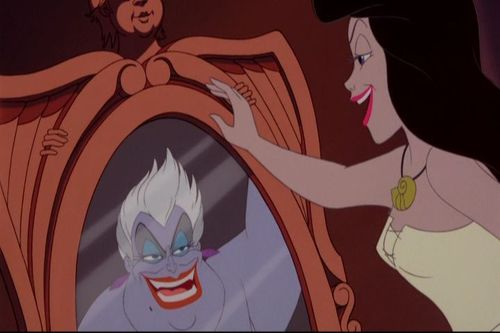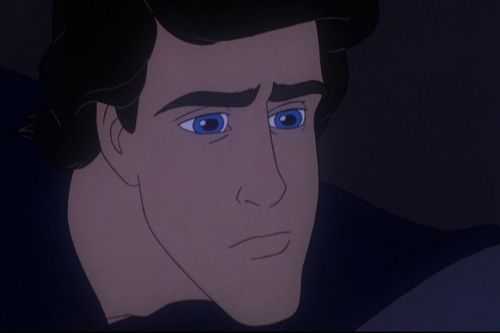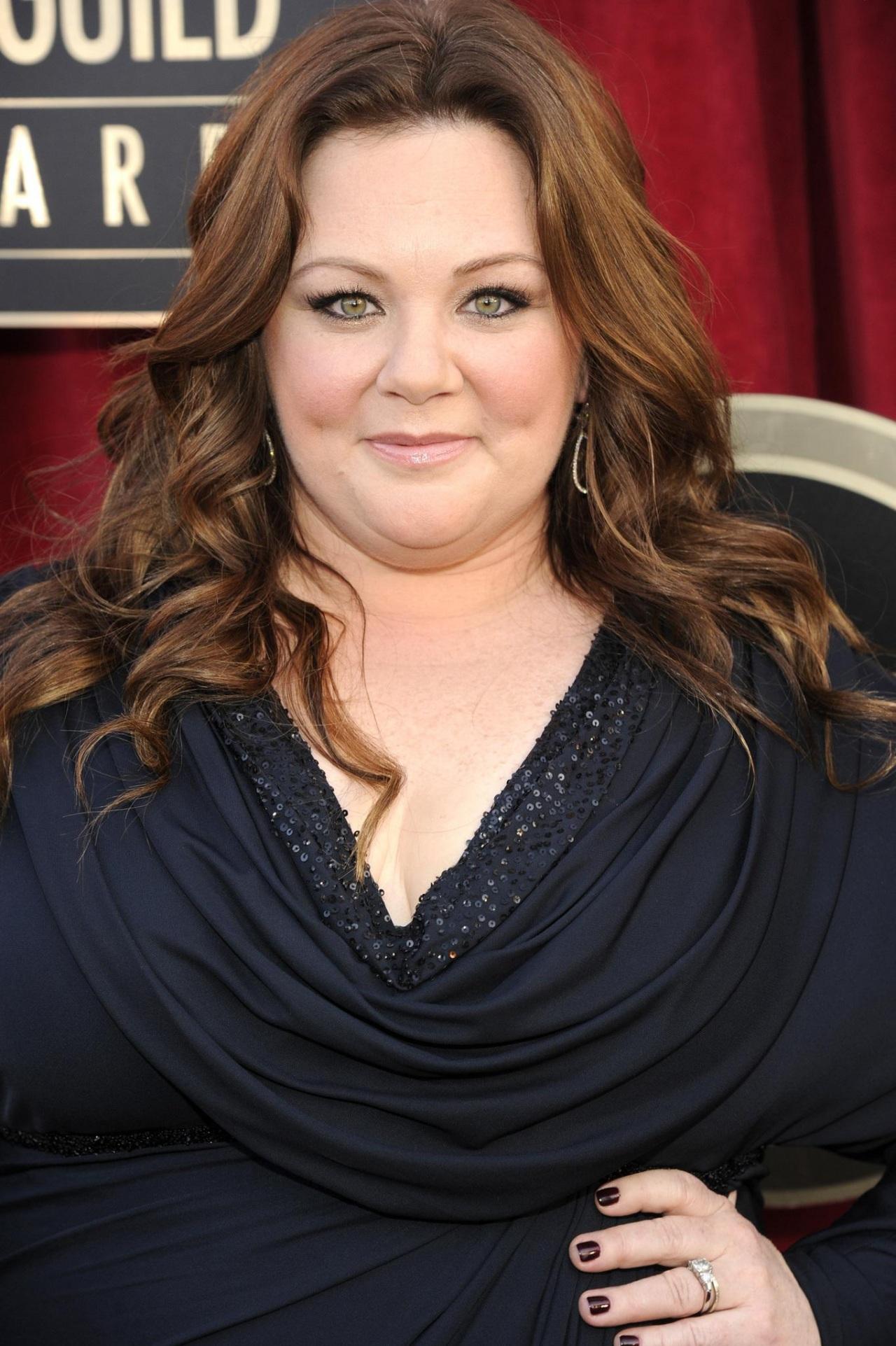This guest post written by Dr. Lindley Winslow originally appeared at Science & Film. It is cross-posted with permission.
It all started with an email I almost deleted: “Feature Film FLAPJACK.” Before moving to MIT, I was a professor at UCLA for a few years and for fun had talked to a couple of screenwriters when they had emailed me. This time it was April and I had been at MIT for 4 months: I had two labs to setup, my first MIT course to finish, and to top it all off I was beginning to go from some-what pregnant to very pregnant with my second child. Thankfully, I kept reading the most recent email and learned that Flapjack was the codename for the Ghostbusters reboot. The movie was featuring women, specifically particle physicists, in the lead roles. The director Paul Feig wanted everything to be realistic, up until the ghosts showed up, and they needed some expert help.
The 1984 Ghostbusters is one of those movies that brought a generation to science and taught kids that you could dream of something, invent equipment to test it, and then may be even commercialize it. Therefore, it is not surprising that so many of us loved the original movie. I jumped on the opportunity to help them.
My email for help was from Carolyn Lassek from Props and Claudia Bonfe from Set Dressing. They were on a mission to discover what a real particle physics lab looks like. They had several more specific goals too: they needed to find an experiment to be the centerpiece of the lab, decorate an office, and fill a whiteboard with a physics lecture. They came for a visit at MIT and I showed them all of the smaller experiments that would be found at a university lab. They loved the polarized helium-3 source with its copper Helmholz coils and glass tube for the helium — it was postdoc James Maxwell’s project. He really ran with their interest, including the construction of a mock-up experiment and later a thesis on how the proton pack worked. They also loved my colleague Janet Conrad’s office. It is filled with physics toys, 19th century physics equipment, and some science-themed art including a large iron Richard Feynman diagram. That was to become the inspiration for the office in Ghostbusters; several things were borrowed directly from her office and put into the film.
As for me, they loved my junk. As mentioned above, I was setting up my labs and both were filled with junk or treasures depending on your point of view. I had two big wooden crates where we had sorted things we were fairly sure were junk — some of the things were quite large. Claudia, the set dresser, sent a truck to pick it all up so, instead of going in the dumpster, it went to the Ghostbusters set.
The level of detail needed for a movie is amazing. They needed material for lab notebooks and the black boards around the lab. They even wanted the awards on the scientists’ office wall to be authentic down to the citation for the award. I provided the text for all of this and then the most prominent work, an entire large lecture hall white board filled with equations. It would be the backdrop for one of the early scenes, which introduces Kristen Wig’s character as a theoretical physicist. I was only told that the relevant line was “unifying quantum mechanics and gravity.” The logical subject from the board then became grand unified theories or GUTs.
In particle physics, we believe that there must be a theory of everything. We have already observed that at high energies we see two of the four fundamental forces unifying. The Holy Grail is the unification of gravity, famously described by Einstein as the curvature of space-time, into a quantum field theory or particle description. The first step is the unification of the three better-understood forces: the electromagnetic, the weak (which describes nuclear decay), and the strong (which describes the binding of quarks). This first step is a grand unified theory or GUT. The simplest is described by the algebraic group SU(5): special unitary group of degree 5.
The derivation of the life-time of the proton in SU(5) and the measurements by the experiment Super Kamiokande which ruled out SU(5) are what are on the board. The main background to the proton decay measurements were neutrinos, my area of specialty. This is one of my favorite measurements because it is one of those times where we were able to make a definitive measurement by measuring nothing while also making a fundamental discovery about neutrino mass, which went on to win the Nobel Prize in 2016. At the right of the board are mentions of some theories that try to move on from GUTs to these theories of everything: namely a theory called SUGRA or super gravity. I have to admit I stopped the board there due to my lack in expertise and a general bias against string-type theories that are proving very hard to either prove or disprove experimentally.
I love the fact that this physics will make it to the big screen and I am in awe of the process that brings these stories to life. The many individuals, from the director Paul Feig and actresses (Melissa McCarthy, Kristen Wiig, Leslie Jones, and Kate McKinnon) down to the people like Carolyn and Claudia who are making sure that there is a coat rack in the corner with cables on it, because that is how they are stored in Building 44 at MIT.
On another level, as a woman in physics I have found that this experience encapsulates many of the issues of being a woman in a field dominated by men. I was very happy to see strong women on the screen and wanted to be a part of the effort, but fundamentally it was a distraction from my main job, which is doing research. The day I was able to spend on set, I tried to wait around to meet the actresses and director, but I had to leave at 3:00pm to pick up my son. I was able to come another day for a few hours to see that big lecture hall and meet the director, but this grand achievement has been soured a bit since a written hyperlink was added in with the equations on the blackboard to a video of James Maxwell explaining the proton pack. This meant many of the first stories about the science in the movie only credited one less senior male MIT physicist.
In the bigger world, the Ghostbusters trailer has more dislikes on YouTube than any trailer in history. I find this incredible with the many awful sequels that have been made. There are real complaints to be made about the trailer, namely that all of the physicists are white women. I would really love it if the next Ghostbusters has Leslie Jones’ character getting a PhD and leading the team. Fundamentally though, the criticisms of the trailer show the many biases both conscious and unconscious that women face when pushing against boundaries in physics and in Hollywood.
I am looking forward to the film’s release. Ten years from now I hope to have an introductory physics course where I can’t count the women on one hand. I want the students to look at my framed thank you note from set dressing, ooh and ahh, and I will get to tell them that yes, those equations are right.
Dr. Lindley Winslow is an assistant professor of physics at MIT. She is an experimental nuclear physicist whose primary focus is on neutrinoless double-beta decay. Winslow takes part in two projects that search for double-beta decay at CUORE (Cryogenic Underground Observatory for Rare Events) and KamLAND-Zen, and works to develop new, more sensitive double-beta decay detectors. Winslow received her BA in physics and astronomy in 2001 and her PhD in physics in 2008, both from the University of California at Berkeley. After a postdoctoral fellowship at MIT, she was appointed as an assistant professor at the University of California at Los Angeles. Winslow has also been awarded a 2010 L’Oréal for Women in Science Fellowship. Winslow was appointed as an assistant professor at MIT in 2015.
